ABYC A-1-2023: Liquefied Petroleum Gas (LPG) System
Liquefied petroleum gas (LPG) — generally propane in the United States — is the most convenient, cost-effective cooking fuel for a boat since it requires…
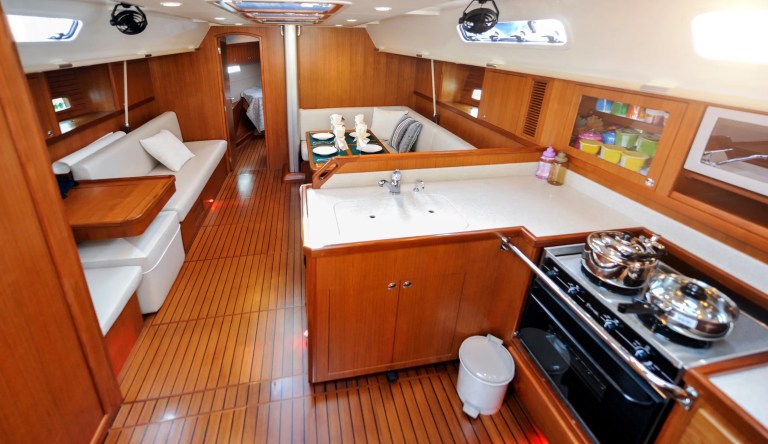
Liquefied petroleum gas (LPG) — generally propane in the United States — is the most convenient, cost-effective cooking fuel for a boat since it requires…
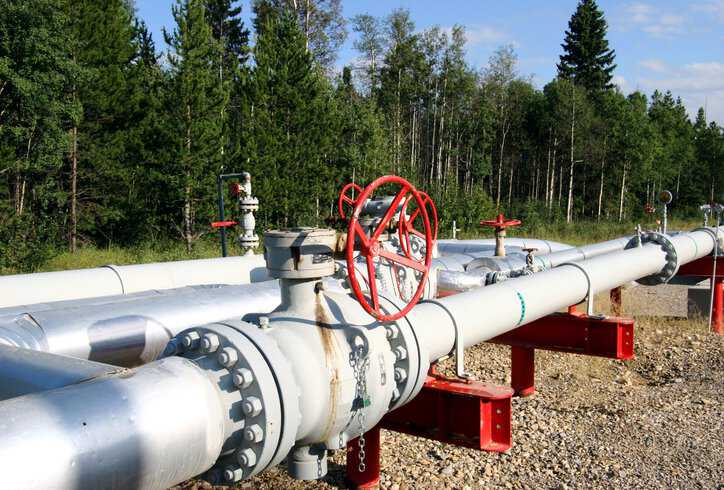
Natural gas and propane installation both involve connecting a fuel source to appliances. While natural gas requires a utility hookup, propane necessitates a tank installation…
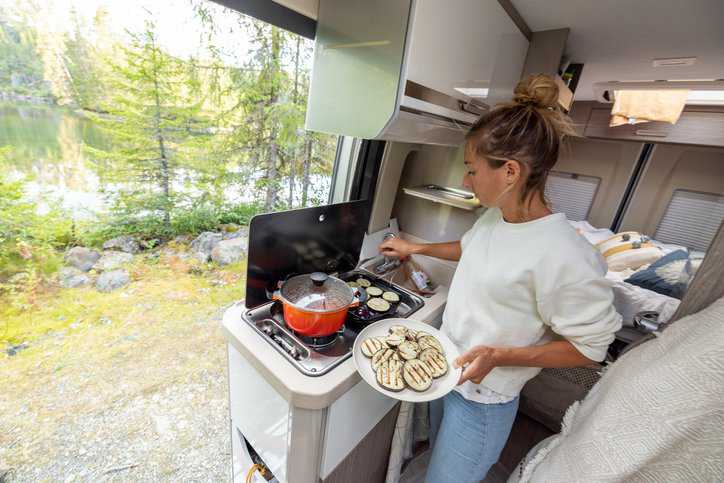
There are generally four different types of RV stoves (or RV ranges or cooktops): propane-fueled, diesel-fueled, alcohol-fueled, and induction. The vast majority of RVs, however, come with propane…
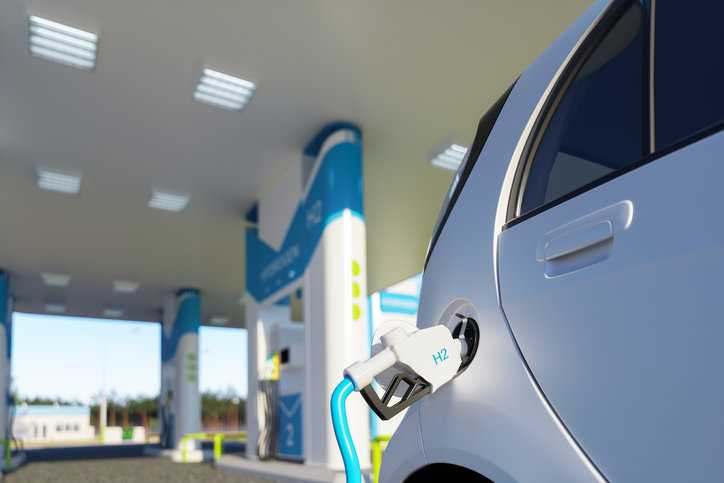
Throughout the expanding realm of existence we know as the universe, hydrogen occupies around 73% of all visible mass. At this unparalleled abundance, this element…

What is Anhydrous Ammonia? Anhydrous ammonia, or ammonia that lacks water, is an incredibly important chemical for agriculture. Containing one part nitrogen and three parts…
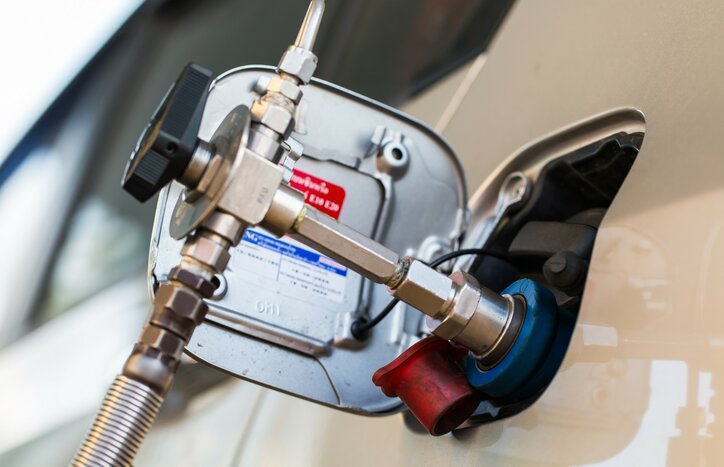
The fueling connection devices of compressed natural gas vehicles (NGV), as specified by CSA/ANSI NGV 1-2022: Compressed natural gas vehicle (NGV) fueling connection devices, include…
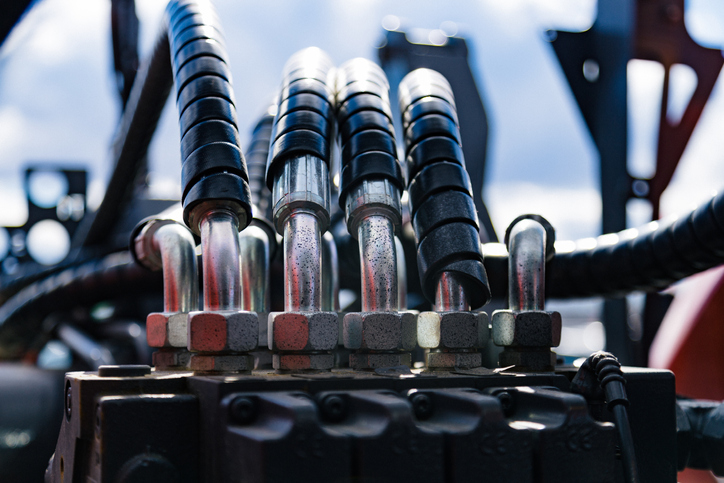
As it offers linear and rotary motion with high force and torque with a smaller, lighter package than other forms of power transmission, numerous industries…
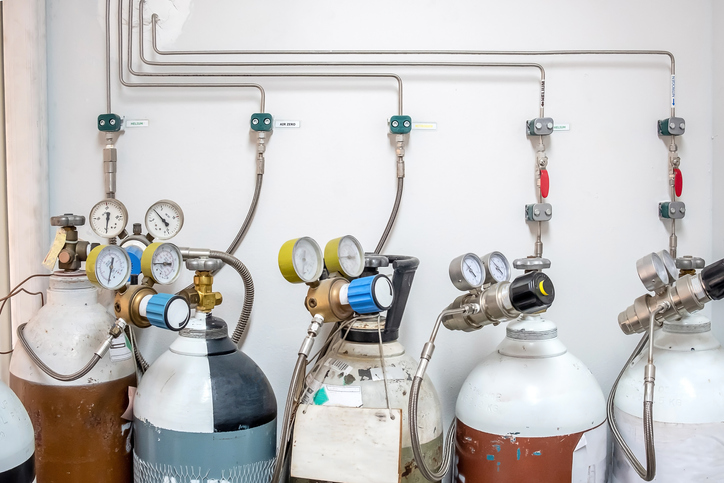
ANSI/CGA P-18-2020 specifies bulk inert gas systems. The Dangers of Inert Gases Inert gases, such as argon, nitrogen, and helium, do not react readily with…
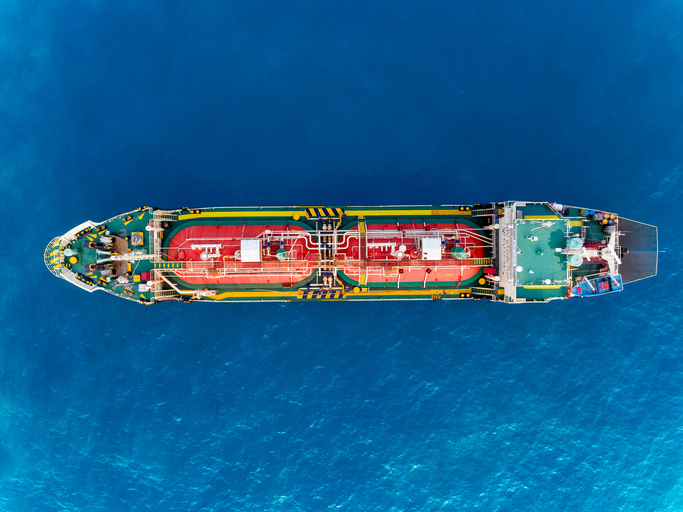
NFPA 58-2020 is the 2020 edition of the liquefied petroleum gas code. It’s also an American National Standard. Propane, meet propylene—and butate and butylene. Together,…